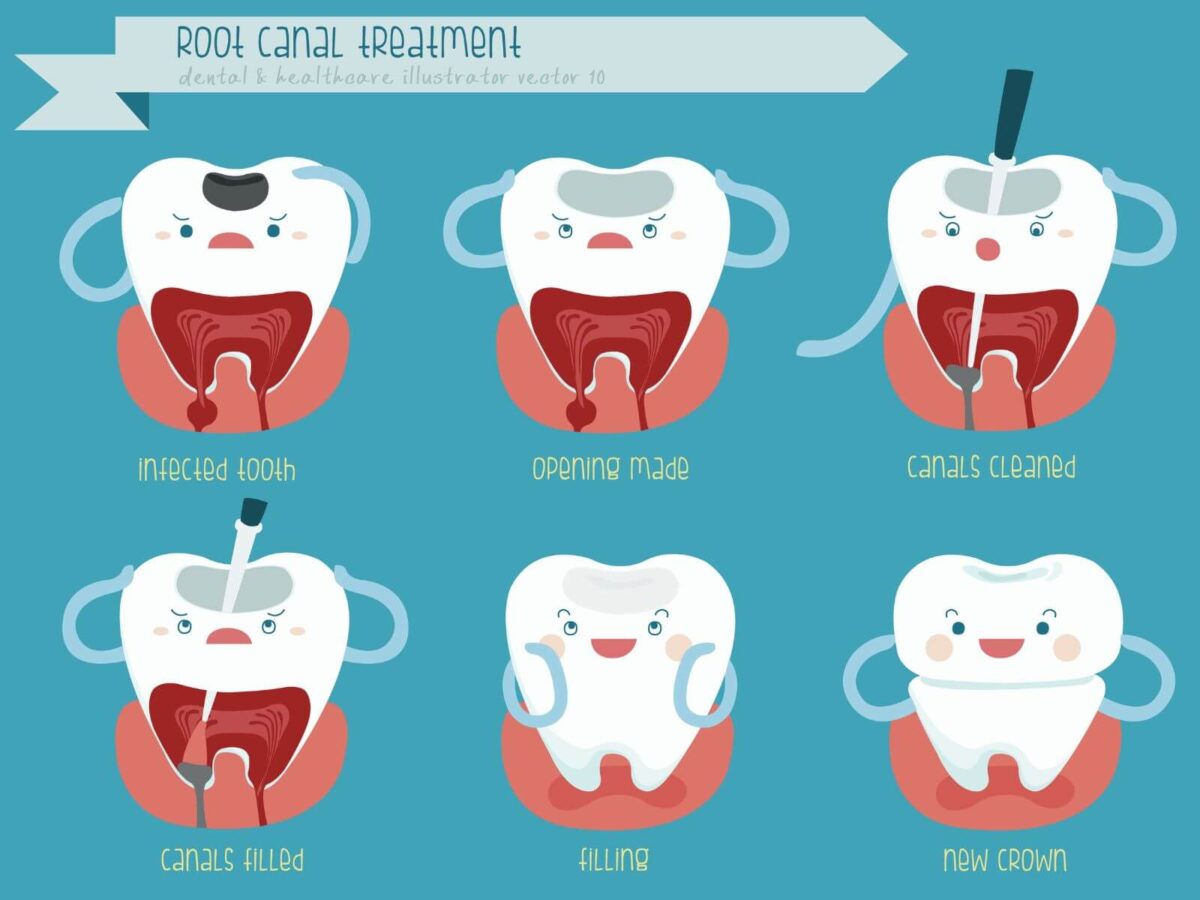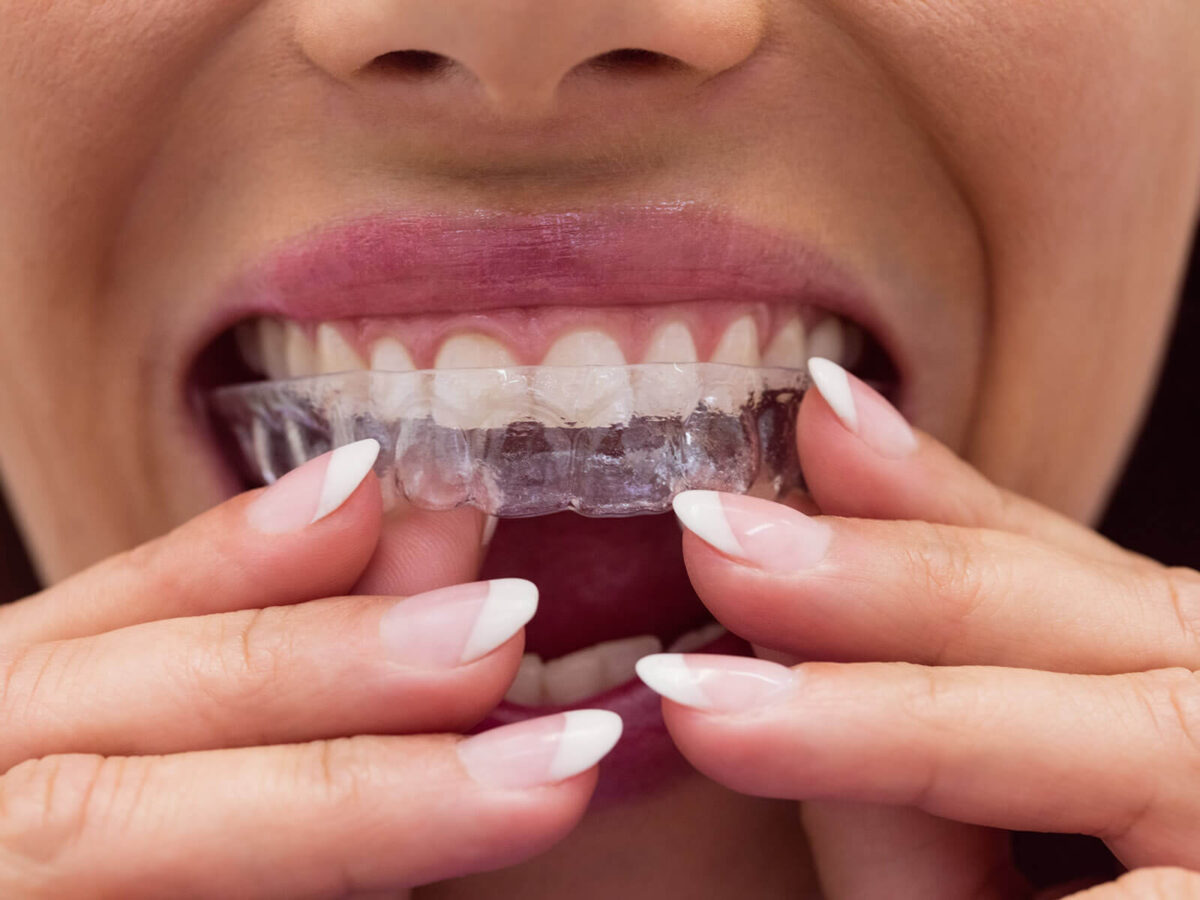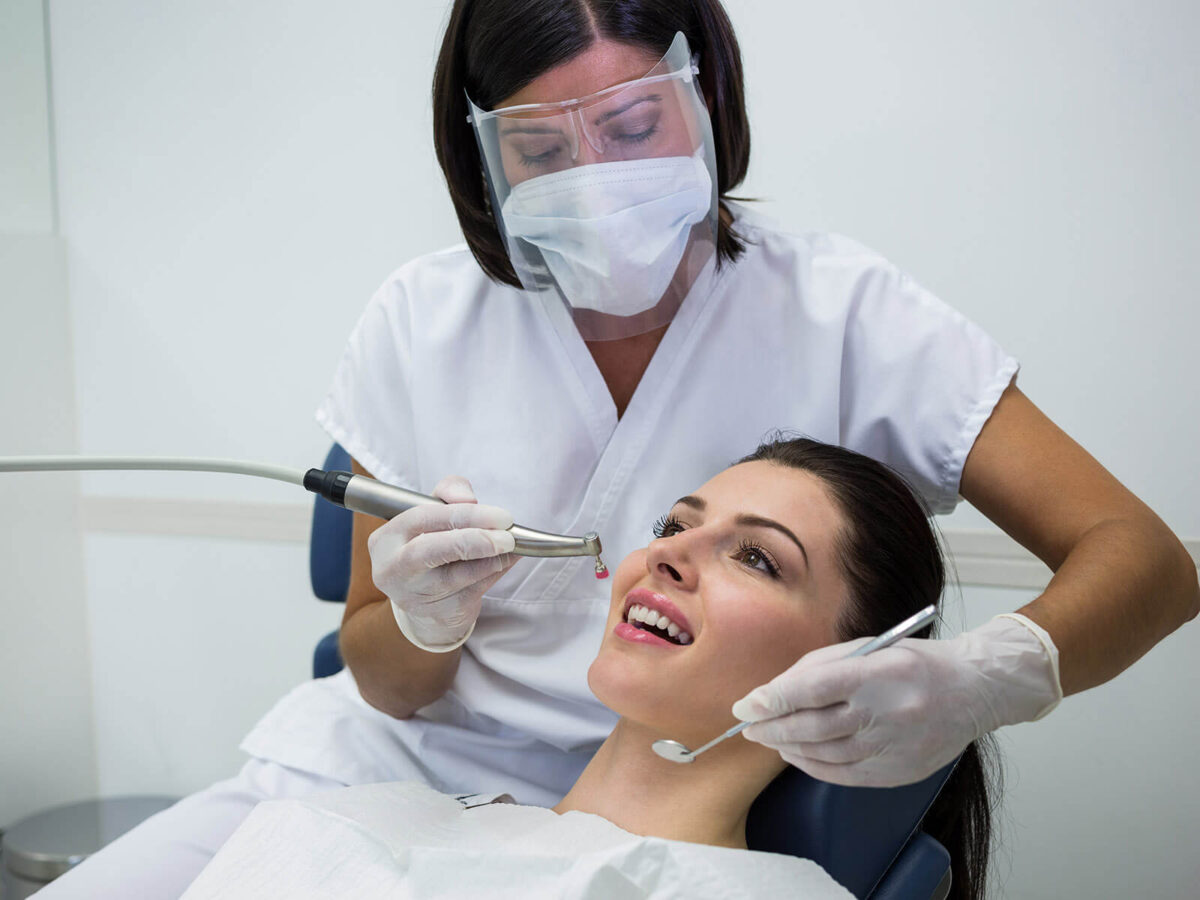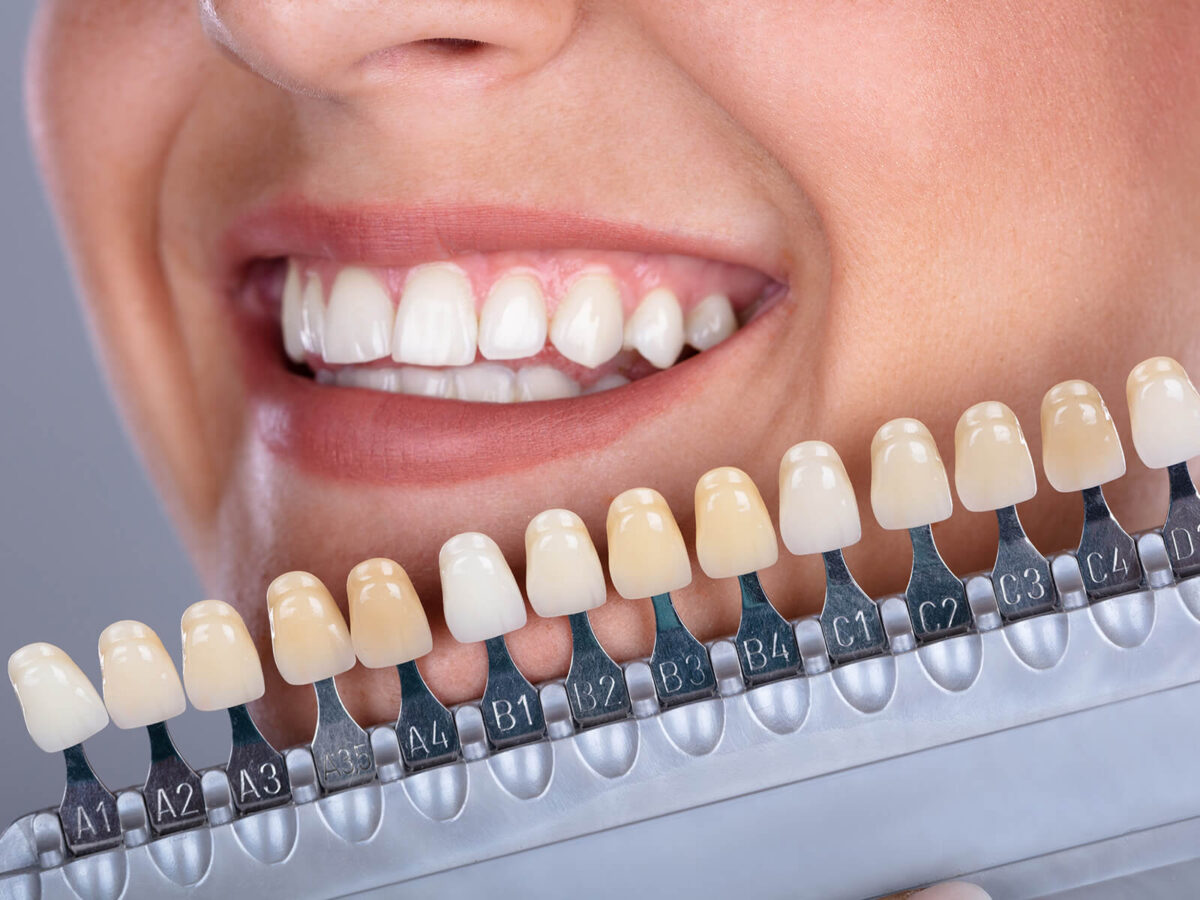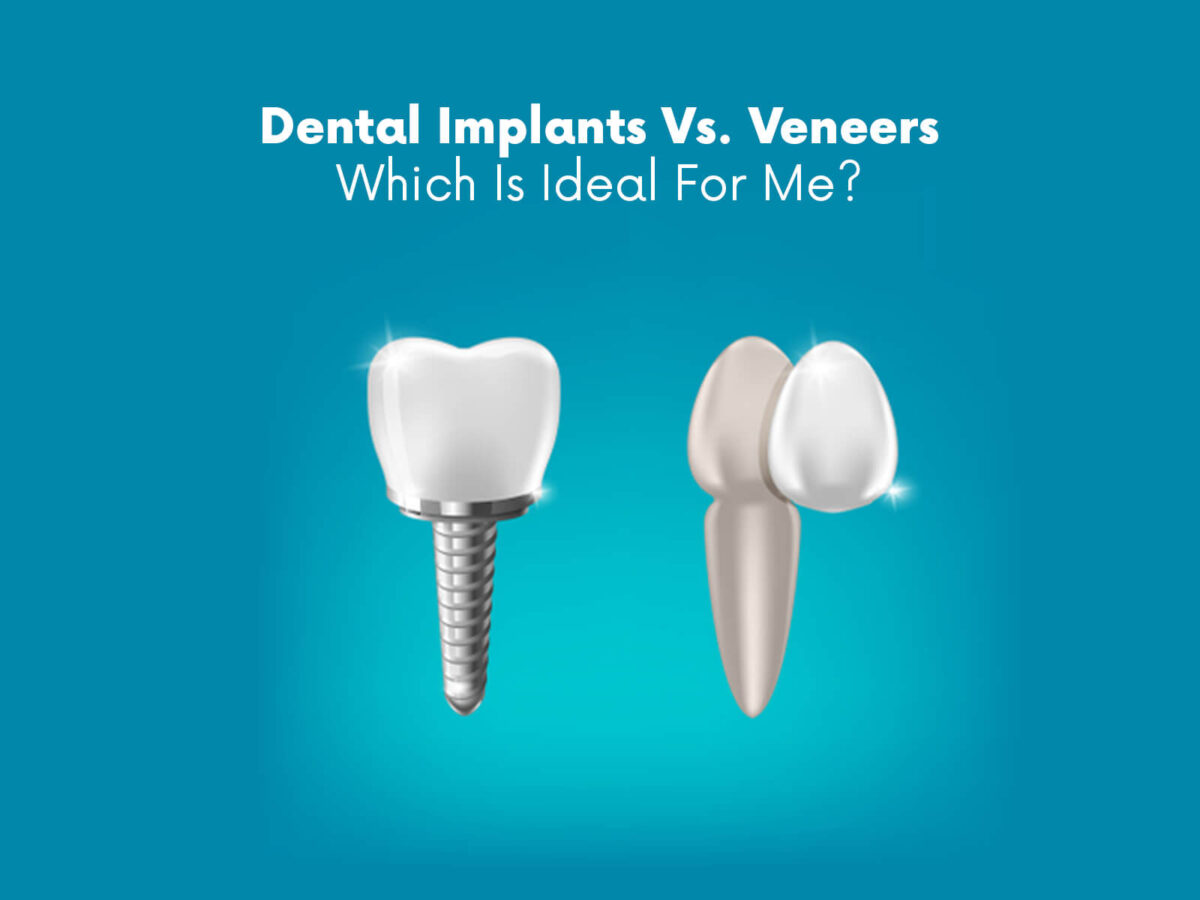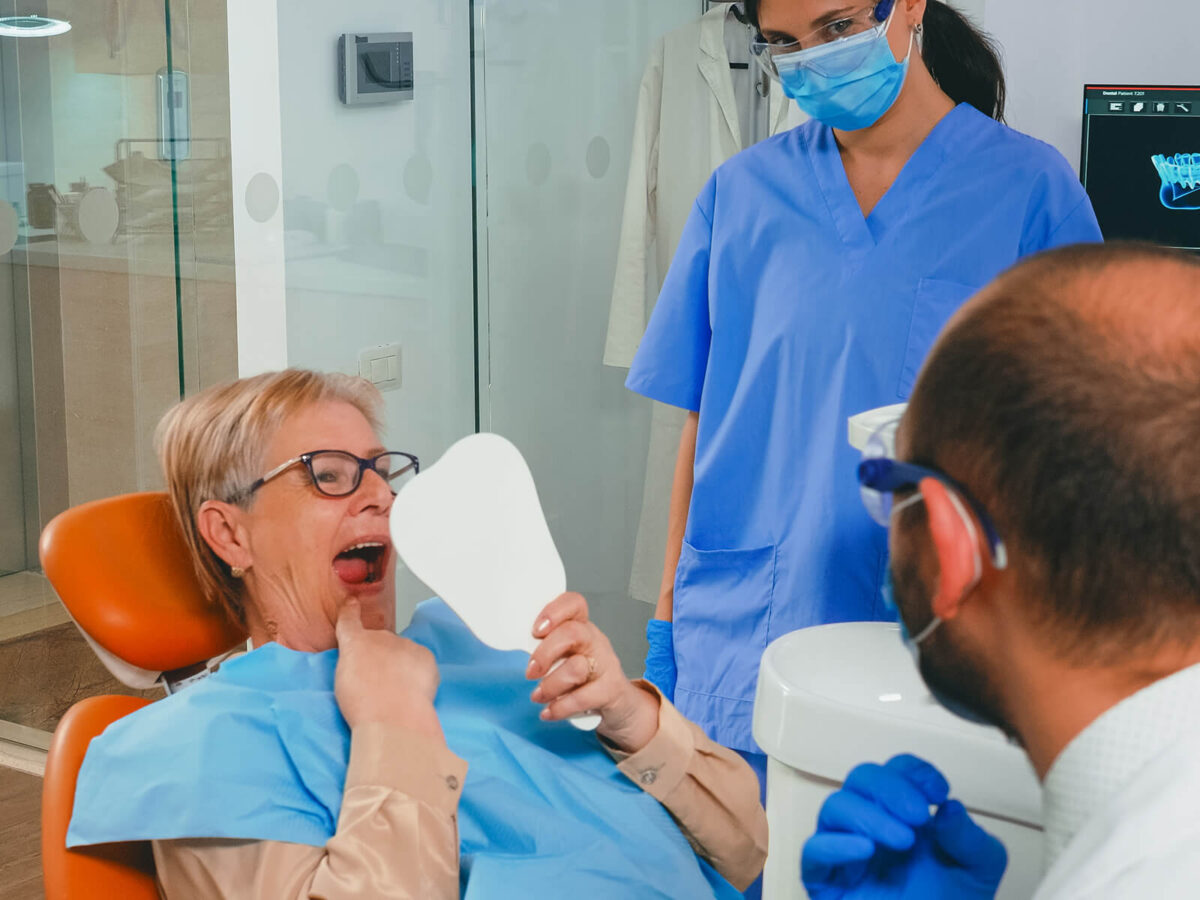Despite advancements in dentistry, numerous individuals continue to experience oral health issues. Many individuals experience tooth loss and periodontal disease. Failure to address these issues may necessitate root surgery. If you have tooth pain, root canal surgery can help. If you have tooth pain, root canal surgery can help.
It can help you keep your natural teeth and avoid other problems with your oral health. Before getting a root treatment, you should learn everything you can about the process. For a root treatment, these four tips by Mathis Family Dentist will help you choose the best dentist.
Role Of A Dentist In Root Canal Treatment
A dentist is very important to root canal treatment because they find and treat damaged teeth. First, they use X-rays to look at the tooth and figure out how bad the problem is. The dentist removes the affected pulp, cleans and sanitizes the inside of the tooth, and then seals it to stop the infection from spreading.
Their knowledge guarantees the accurate application of the treatment, therefore reducing the discomfort and safeguarding the actual tooth. Dentists offer advice on how to maintain your teeth following treatment, including how to brush and floss correctly. Hence, promoting a good recovery and long-lasting effects.
4 Tips On How To Choose A Root Canal Dentist
You have to do some research to find the best root canal treatment dentist. Here are some things to think about as you look for a dentist who does root canals.
Ask People You Know For Help
Find out how other people you know and work with think. It might make you feel better in general. If someone you know recommends an endodontist, you can learn a lot about how they treat patients, how knowledgeable they are, and how good their care is in general.
Look up the endodontist online to see if anyone has given positive reviews about them. This way, you can learn more about their dental office. When you need a root canal, it’s important to work with a trustworthy endodontist who has the right skills, experience, and reputation.
Look For Experience And Skills
Understanding the training and working methods of an endodontist is crucial. Root canals are a very common dental treatment. However, only a skilled and experienced endodontist like the ones at Mathis Family Dentist should perform it.
It is necessary to ensure your safety and the effectiveness of the root canal treatment. For your safety, it is very important to look more closely at an endodontist’s work and skills. Endodontists who are skilled and have a lot of experience are more likely to use advanced tools.
This can help you feel at ease and comfortable during your root canal treatment. It is important to know your endodontist’s educational background before the treatment. You can easily know all these on the concerned clinic’s website or their social handles.
Give Some Thought To The Technologies
The best endodontists should have the most up-to-date dentistry tools. In an ideal world, everyone would be able to find a dentist’s office that guarantees excellent care. High-tech dental tools make sure that your visit is nice and useful.
For example, today’s technology lets doctors make personalized treatment plans that work very well for each patient. High-tech tools will always be used by dentists who care about their customers’ health. The best way to find out is to go to their office.
Check out where they are, the building, the front desk, and other places for patients. You can then see what their standards are like and decide if they fit your needs. You should feel safe and at ease at the endodontist’s office, so go with your gut.
Talk About Your Insurance And Payment Plan
A lot of dentists take insurance, but people should be aware of this. Because root canal treatment costs a lot, every patient will think about this before going to the doctor. If you don’t have dental insurance, ask the dentist’s clinic what other payment options they have.
Conclusion: Make An Appointment With Mathis Family Dentist
You shouldn’t start endodontic treatment until you’ve had an evaluation. Anything is fine to talk about with your endodontist. What they do, say, and how they look can help you decide if they are a good fit.
Making appointments with multiple endodontists is recommended. For your long-term tooth health, getting a second or third opinion is a beneficial idea. Get in touch with an endodontist right away if you think you need a root canal.
If you need immediate assistance from an endodontist, contact Mathis Family Dentist. Many people have come to their services seeking dental health restoration and quick resolution of any oral problems.

